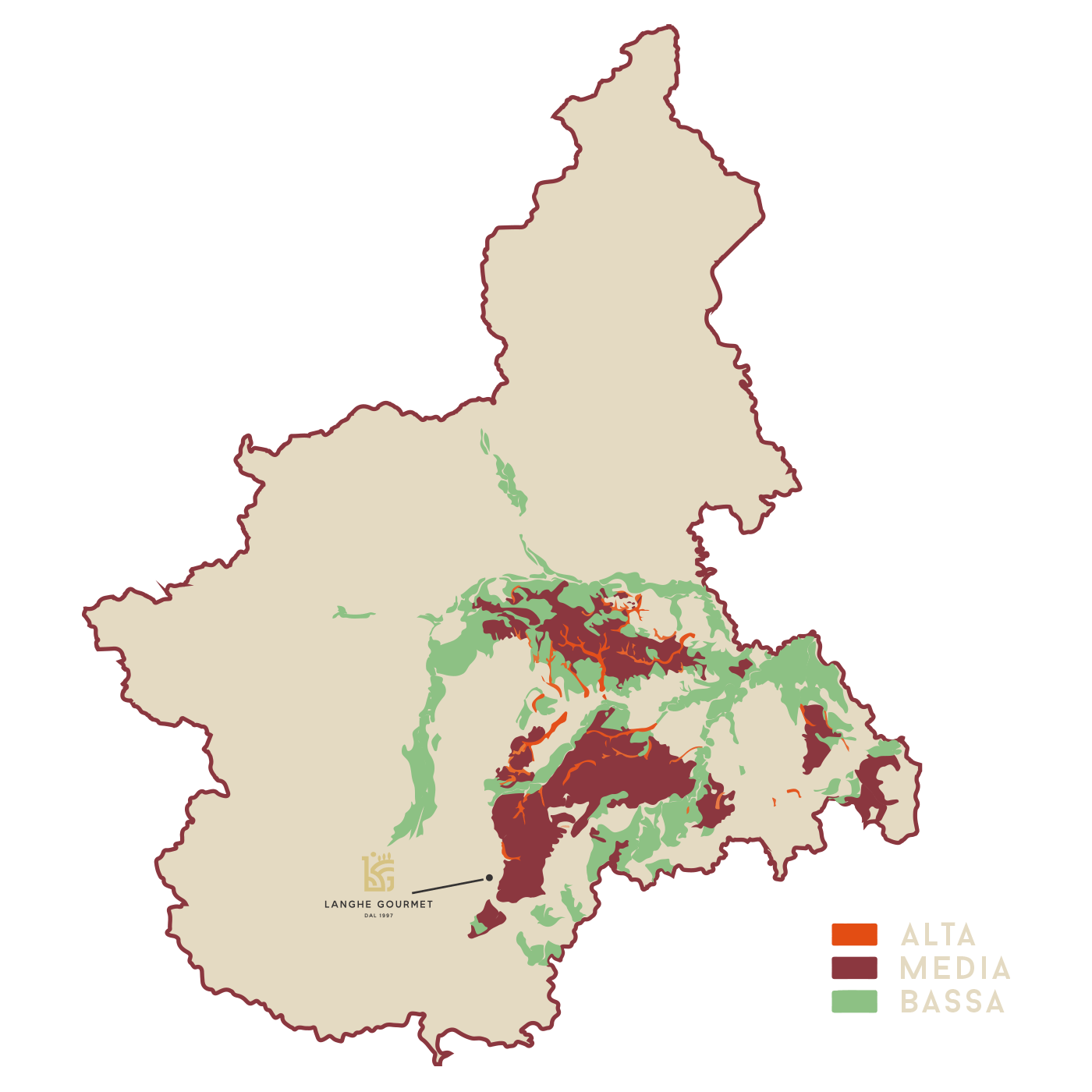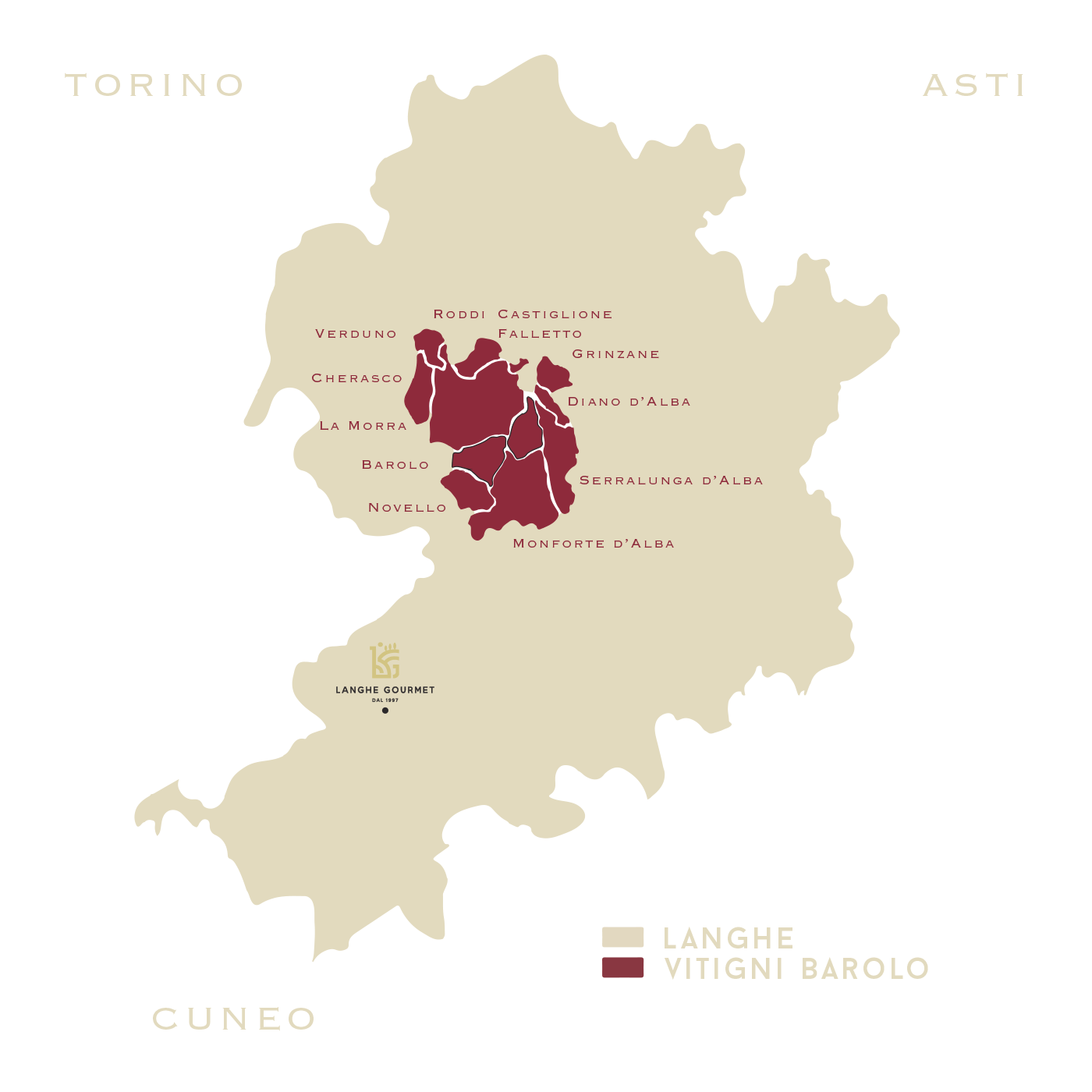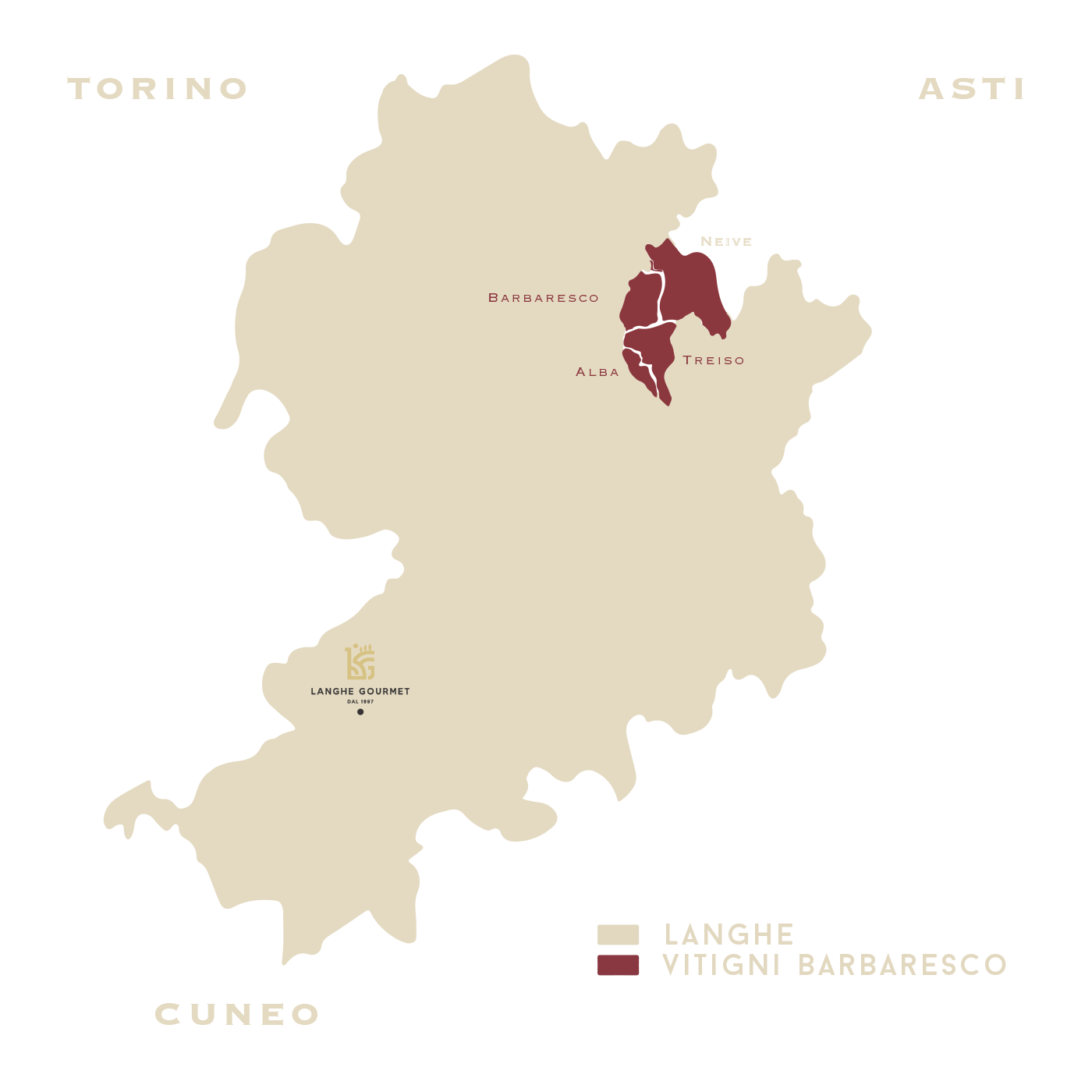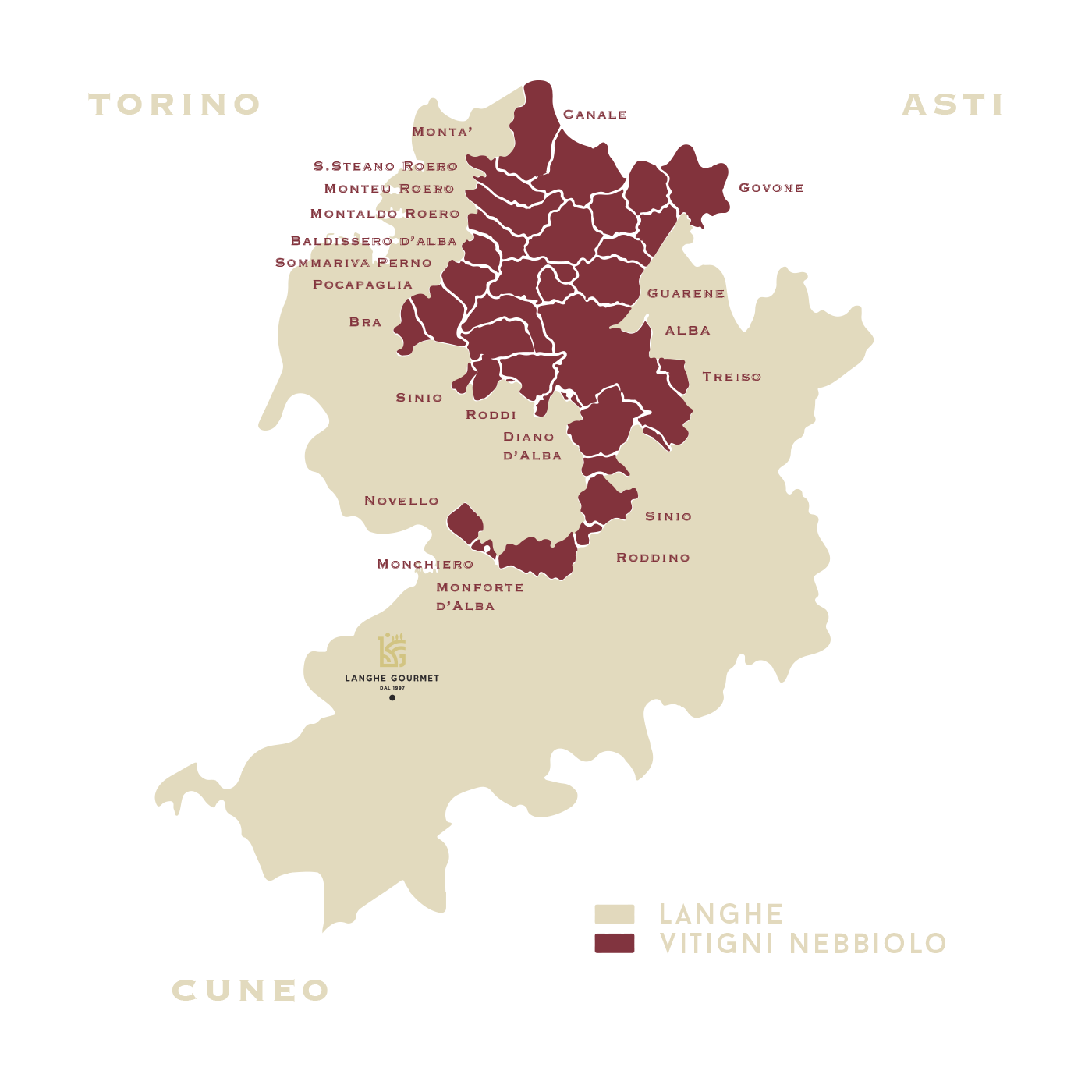raw materials
WHITE TRUFFLE
(Tuber Magnatum Pico)
It’s the truffle par excellence, the most renowned and outstanding one, the well known Tartufo Bianco d’Alba.
From the etymological point of view “Magnatum” comes from “magnati”, “rich people”, in fact in the past it was already considered a delicacy reserved for wealthy and aristocratic families of Europe. “Pico” comes from Vittorio Pico, a doctor from Turin, who was the first one to classify this Truffle variety in 1788.
The first fair “Fiera Mostra Campionaria dei rinomati Tartufi delle Langhe” is dated autumn of 1929, which was held in the Langhe capital.
The soil is marly-calcareous. Oaks, Poplars, Willows, Lime trees, Hornbeams, Walnut trees are symbionts plants.
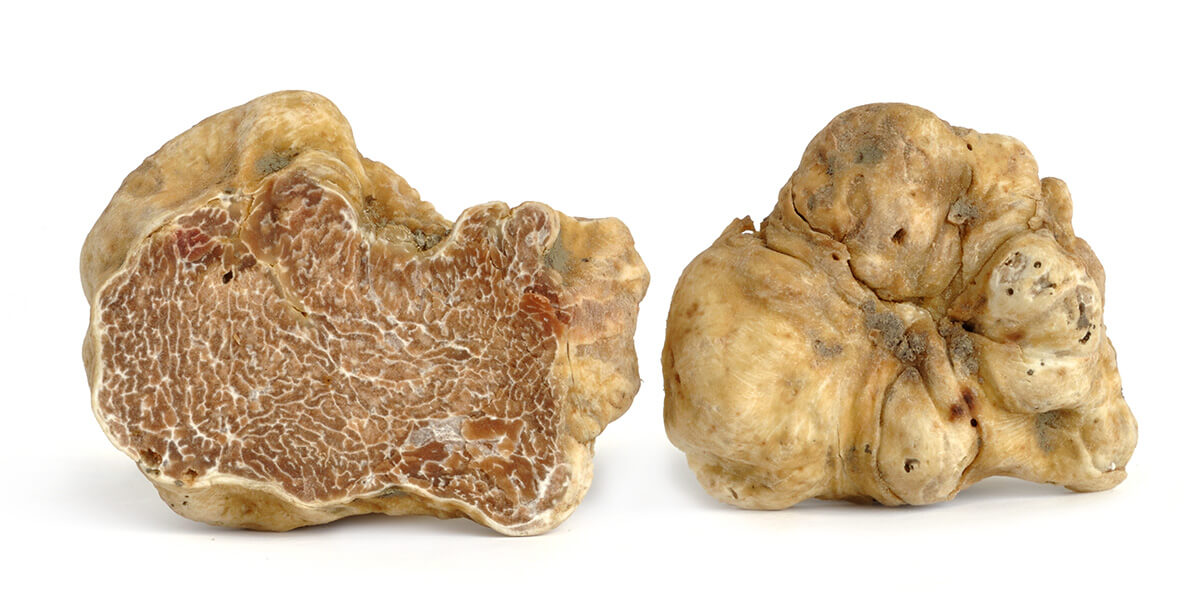
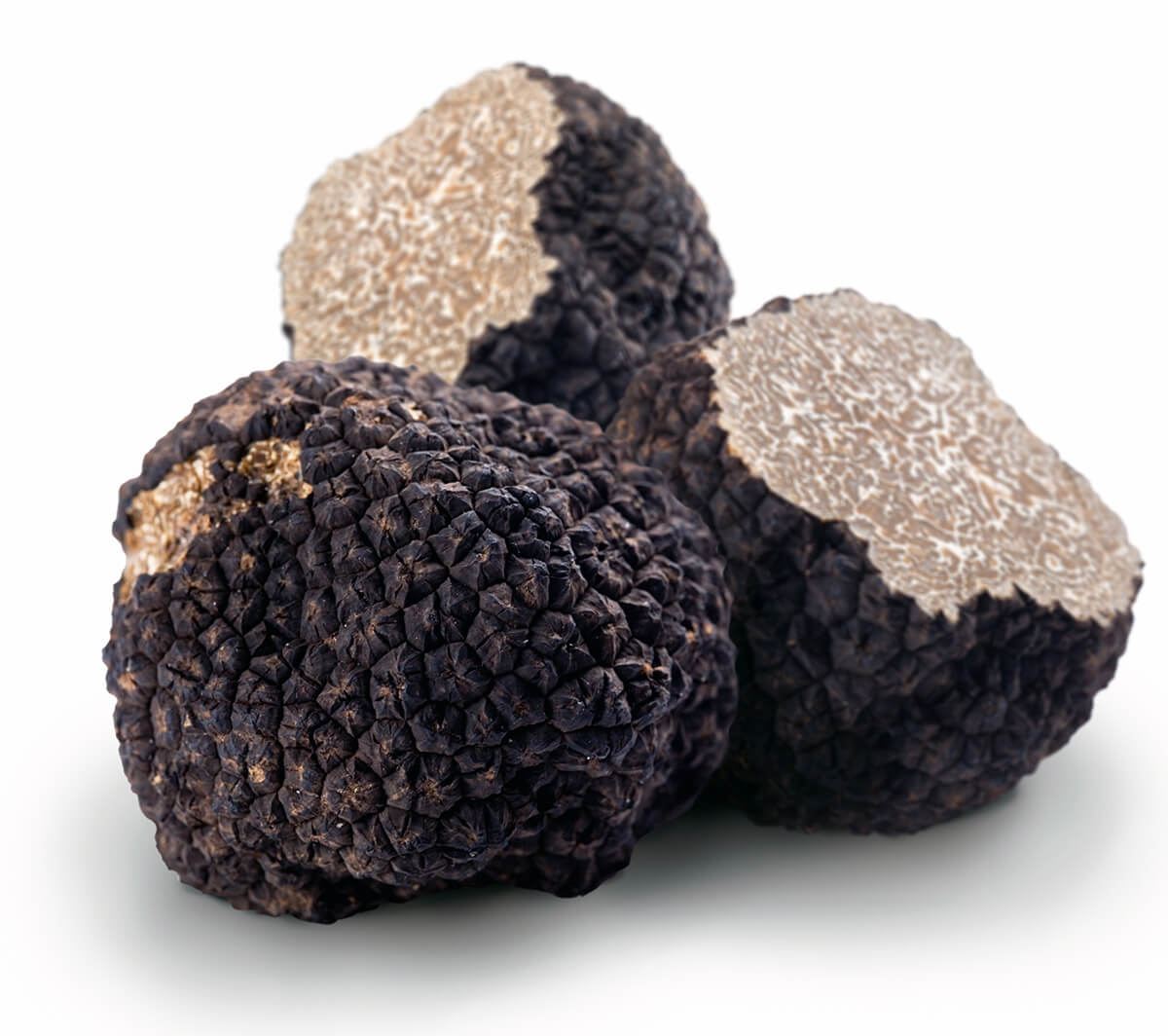
TARTUFO NERO ESTIVO
(TUBER AESTIVUM VITTADINI)
Black Summer Truffle (TUBER AESTIVUM VITTADINI)- also known as “Scorzone” is described as “Aestivum” (“summery”) because it’s harvested in the Summer. The name “Vittadini” has its origin from Carlo Vittadini, mycologist and botanist who published the essay “Monographia Tuberacearum” in 1831, in which he identified and classified 65 varieties of truffles.
The Black “Summery” Truffle is able to develop in different variety of soils, formed by rocks of different origins. Depending on the altitude and the location, the Black Truffle can alternate with the growing of Tuber Uncinatum Chatin, which is a very similar variety of truffle. The Black Truffle grows between roots of Oaks, Lindens, Poplars, or Hazelnut Trees. The harvest in Piedmont is permitted from June to the end of November. It grows between 200m-1000m above sea level.
BAROLO DOCG
One of the greatest Italian wines made from the Nebbiolo grape. Originated in the heart of the Langhe, it’s produced in 11 counties surrounded by the most colorful hills. The production started in the mid ‘800 and it’s also known as “Vino dei Re” (Wine of the Kings). It has to be aged for a minimum of 3 years.
BARBARESCO DOCG
“Brother” of Barolo wine. it’s also produced with the Nebbiolo grape but in the eastern hillside of Alba. The etymology of its name comes from Barbaritium, roman denomination deriving from the “barbarian hoards” that used to cover the area.
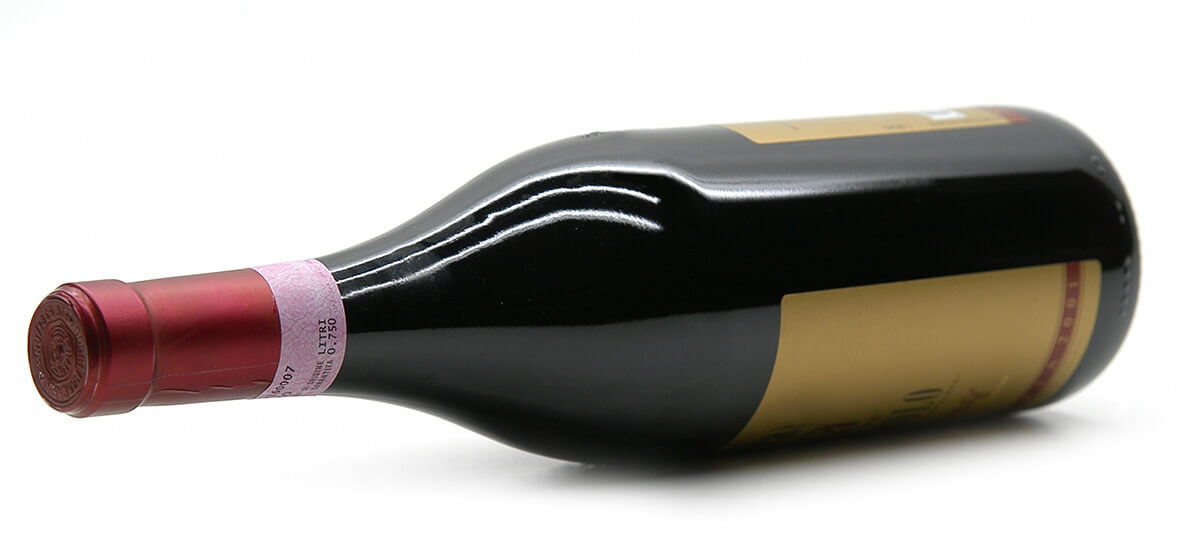

NEBBIOLO D’ALBA DOC
It’s one of the many vines on the hillsides of the Tanaro river, it extends on 25 counties. Best if consumed after many years of aging.
MOSCATO D’ASTI DOCG
It’s the most popular Moscato in the whole country, typical wine of Piedmont. It’s made from the white Moscato grape, which preserves fruit and flower aromas that give a sweet and delicate flavor to the wine. The production area includes 51 counties in which we can find Cuneo, Asti, Alessandria, and also the area that goes from the Langhe to Monferrato.
BOVINO FASSONE
The meat of breed “Fassone Piemontese” is exclusively purchased by small businesses that have small forage of own production. Mainly located in Provincia of Cuneo, heart of the breed, where the high quality and origin is guaranteed.
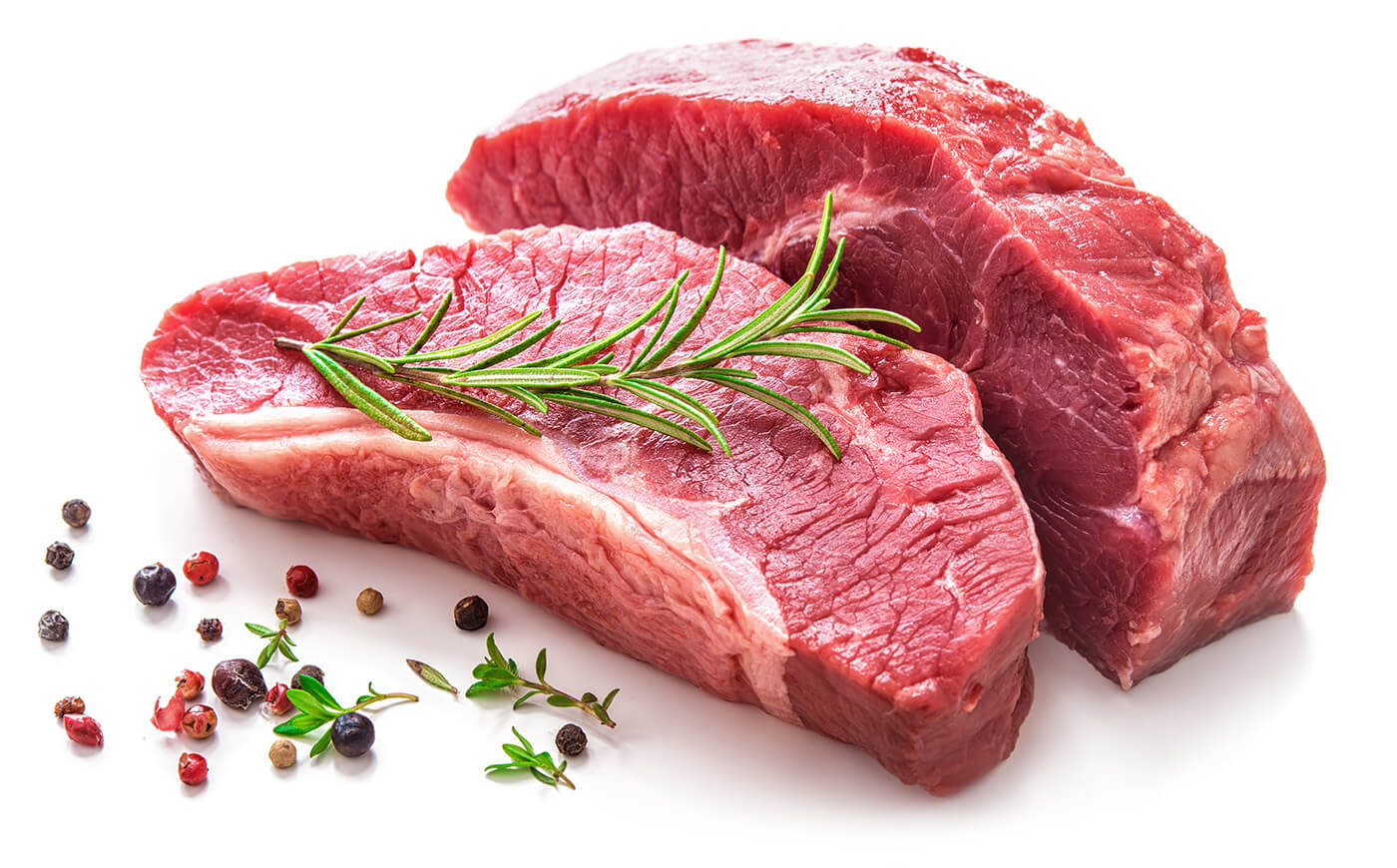
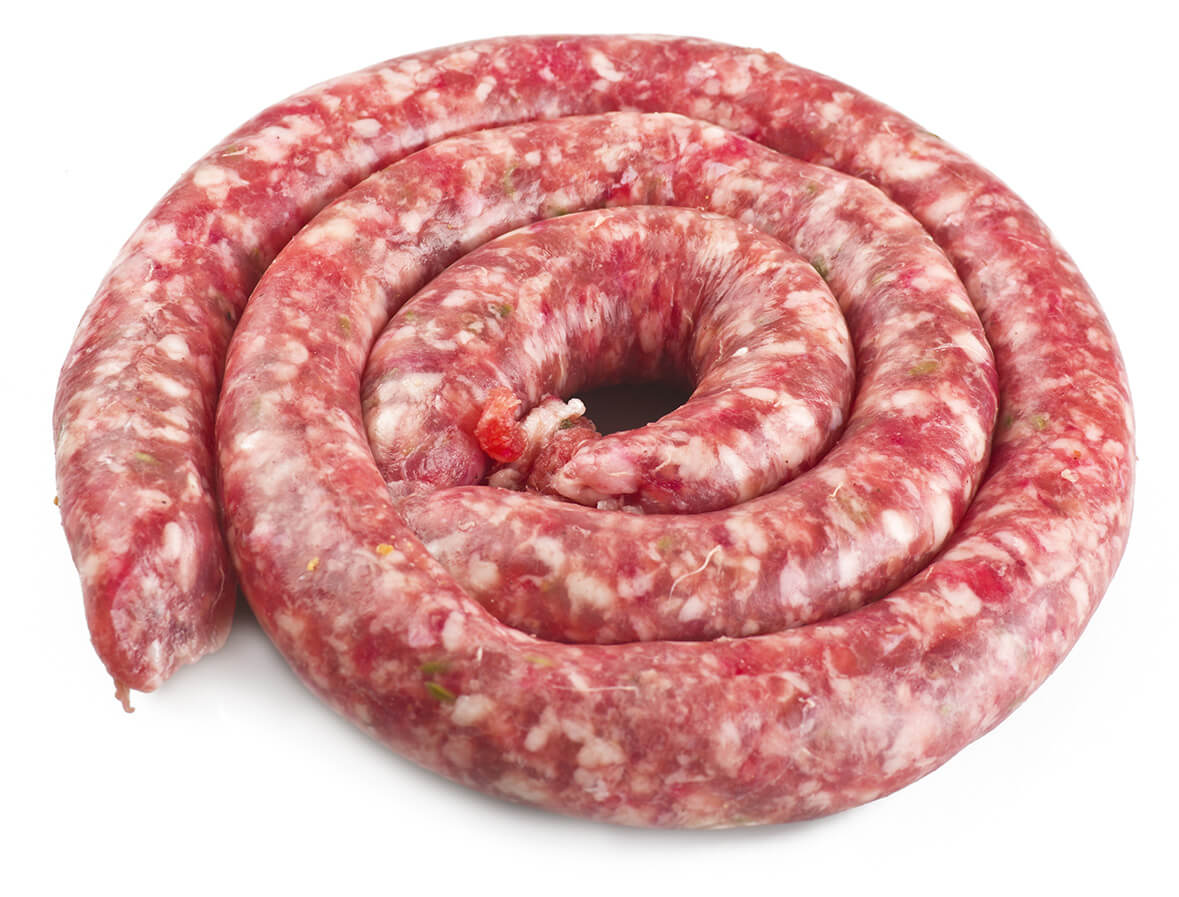
SALSICCIA ITALIANA
Sausage purchased by small productions from the area, made with pigs raised in Italian and Piedmontese territory, with a tasty and rich flavor characterized by the use of spices and natural aromas.
BASILICO GENOVESE DOP
One of the greatest excellence of the excellence Made in Italy that combines all the flavors and aromas of the Mediterranean diet. It’s the most important product of Liguria certificated by the farmers that preserve the traditional production. Originated by the Tyrrhenian coast of Liguria, coltivate exclusively on natural soil.


ACETO BALSAMICO DI MODENA IGP
The most popular Emilian dressing. Made with vinegar and grape-must purchased by small farms in Emilia Romagna that follow strict rules, without the addition of colorings.


